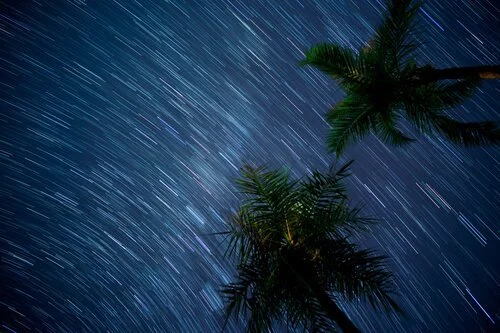Vestibular Rehabilitation
for dizziness and vertigo treatment

Vestibular Rehab
is a specialized form of therapy that treats symptoms related to vestibular disorders and injuries that can include vertigo, dizziness, blurred vision, balance issues, and difficulties standing and walking straight.
Most commonly diagnosed vestibular disorders:
Vestibular damage due to brain injury (concussions)
Vestibular migraine
Ménière’s disease
Age-related dizziness & imbalance
Secondary endolymphatic hydrops
Perilymph fistula
Less common vestibular disorders:
Superior semicircular canal dehiscence
Acoustic neuroma
Bilateral vestibular hypofunction
Ototoxicity
Neurotoxic vestibulopathy
Enlarged vestibular aqueduct
Mal de Débarquement
Autoimmune inner ear disease
Cholesteatoma
Persistent Postural Perceptual Dizziness (PPPD)
Common symptoms:
Vertigo - a sensation of movement, whether it’s yourself or the world around you, when the movement is not actually occurring
Dizziness - a vague sensation of lightheadedness, floating, or rocking
Imbalance or unsteadiness
Oscillopsia - blurred or bouncing vision
Nausea
Hearing changes
Feelings of anxiety and depression
Lack of coordination
Problems with concentration and memory
The goal of Vestibular Rehabilitation is to promote the healing of the vestibular system through a problem-solving approach focused on adaptation and compensation. Adaptation in vestibular rehabilitation refers to the brain’s ability to recalibrate and adjust to altered or damaged vestibular input over time through neuroplasticity. Compensation occurs as the brain learns to adjust to conflicting information from the vestibular system and other sensory systems, such as vision and proprioception (body awareness). When these sensory systems send conflicting signals to the brain, it can lead to symptoms like dizziness, vertigo, and imbalance.
Vestibular rehabilitation can be effective in treating these symptoms, helping you move better, and enabling you to return to work, school, sports, and daily activities. It’s essential that the vestibular exercises are tailored to your specific issues for optimal results. This involves using particular treatment techniques and exercises that may initially trigger your dizziness and vertigo.
Successful treatment hinges on identifying the positions and movements that provoke your dizziness so that exercises can help you gradually re-engage with them. As a result, your symptoms might worsen at first, but with appropriate treatment, you will start to feel better over time!
Infrared video goggles are an important part of a thorough vestibular assessment. These goggles enable me to closely observe your eye movements, making my evaluation more effective and helping to inform my treatment plan. Vestibular issues can lead to nystagmus, which is characterized by abnormal and involuntary eye movements. There is a strong connection between the vestibular system and the eye movement (oculomotor) system. By observing patterns of eye movements, I can determine whether your issues stem from your inner ear (peripheral vestibular system) or your brain (central nervous system).
If you have been experiencing vestibular issues for some time, you can often compensate by using your vision for stability in well-lit rooms. However, visual fixation is not possible when wearing infrared video goggles, making the nystagmus more apparent.
Vestibular Rehabilitation









